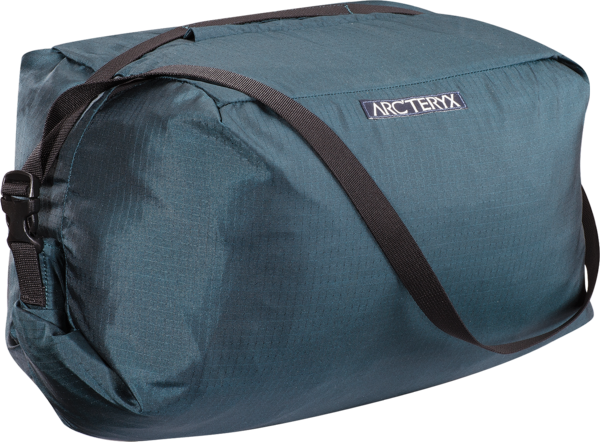
Dealing with your climbing
rope at the crag is often a tangley affair. Most rope bags are some sort of sack
that holds a detached tarp. While you’re climbing, the tarp is out of the bag
with the rope piled on top of it, protecting the rope from getting dirty or wet
or snowy. But when it’s time to move to a new route, the rope has to get rolled
up into the tarp, which then has to be stuffed into the sack. Often, wrestling
of said sack and rope and tarp ensues, which can cause rope tangle by the time you get to your next
route.
gets rid of the
wrestling with the Haku. A Hawaiian word—it means “invent”—the new Haku connects the tarp and rope bag and makes packing and unpacking a rope simpler and easier than any other bag we've tried.
The Haku's built-in tarp protects
any length and diameter of rope from dirt, water or snow as you climb, with enough extra room on the tarp for you to put on your shoes or organize your rack. Colored tie-in
points (a standard feature in rope bags) help you know which side of the
rope should tie to the climber and which is the end that should remain on the ground.
Climb your route and get
ready to move and that’s when the magic happens. All you do is gather the corners
of the tarp and the rope falls inside the bag without getting all jumbled and
knotted.
A single shoulder straps lets you carry the bag to the next route, or a roll-top closure folds and clips then cinches smaller with compression straps when you’re done for the day or taking a long hike to your next objective. Available spring 2013, $60; .
—Berne Broudy